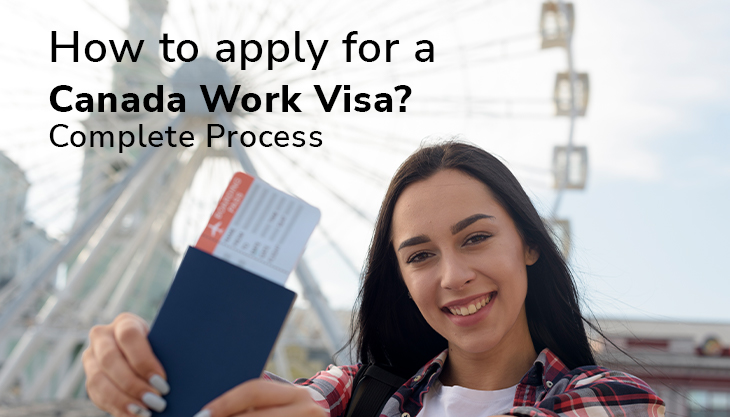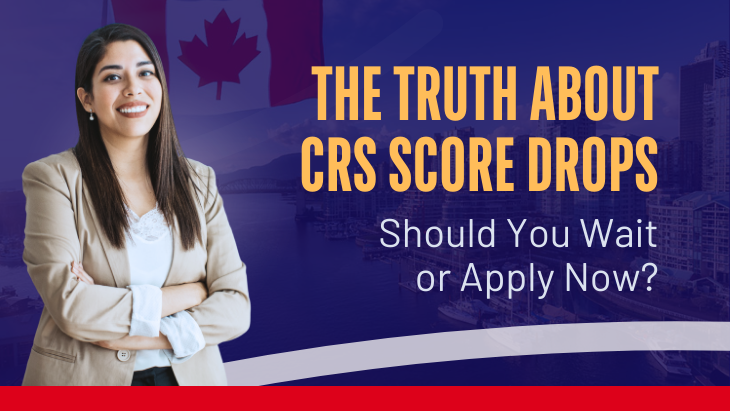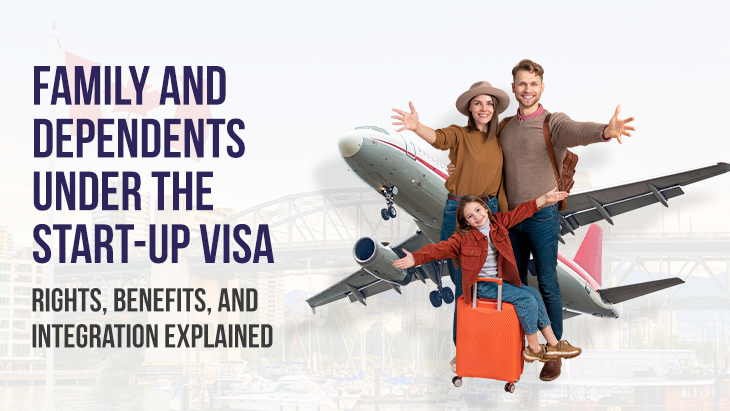With a few exceptions, most foreign nationals require a permit to work in Canada.
Most candidates will need a Canadian employment offer accompanied by a Labour Market Impact Assessment in order to apply for a work permit (LMIA). There are several exceptions to this rule, such as foreign workers who can apply for a work permit without having completed an LMIA or having a job offer. A recent graduate of a Canadian Designated Learning Institute (DLI) or the spouse of someone already on a Canadian work or study permit are examples of this.
Candidates must also meet the following eligibility requirements in order to apply for a work permit:
* Demonstrate their plan to depart once their work permit expires
* Prove they have enough money to maintain themselves and their families in Canada
* Return home, and Are not criminally or medically ineligible to Canada
* Make plans to work for a qualified employer
* Can produce whatever documents necessary to demonstrate their ability to enter Canada.
A work visa is usually temporary, however, it can frequently be renewed from within Canada.
Step-By-Step Approach to How to Apply for a Canadian Working Visa?
Step 1: If necessary, the employer requests a Labour Market Impact Assessment.
Work permits are divided into two types by the Canadian government. A labor market test is either required or not required for a work permit. In some situations, a labor market test is required to show that granting a work permit to a foreign person will not have a negative impact on Canadian employees' employment and wages.
What exactly is LMIA?
A Labour Market Impact Assessment is the name of the labor market exam (LMIA). Employment and Social Development Canada is the federal government department in charge of the LMIA process (ESDC). When ESDC is convinced that no Canadian citizen or permanent resident is available to execute the job, it issues a positive or neutral LMIA. When it believes that domestic workers are available to undertake the job and that hiring a foreign national will hurt Canadian workers, a negative LMIA is issued.
Step 2: The temporary job offer is extended by the employer.
Once a positive or neutral LMIA is issued, the Canadian employer must give the foreign worker a copy of the LMIA approval letter, as well as a comprehensive employment offer letter, which they will need to apply for a work visa.
Step 3: The foreign worker submits an application for a work permit.
With the LMIA approval letter, the employment offer letter (and, if applicable, the CAQ), the foreign worker can apply to Immigration, Refugees, and Citizenship Canada for a temporary work permit in Canada (IRCC). The foreign worker may need to secure a temporary residency visa (TRV) to travel to Canada, and so must submit the temporary work permit application at a Canadian visa office overseas, depending on their country of citizenship.
Step 4: The Work Permit is Granted
When a foreign worker arrives in Canada, a Canadian temporary work visa will be given by a Canada Border Services Agency (CBSA) officer at the point of entry.
Most work permits in Canada are employer-specific, often known as "closed" work permits, and are issued for a single position in Canada. As a result, a foreign worker is limited to working for the employer listed on his or her work permit. As a result, if a foreign worker finds a new job and does not yet have permanent residence status, the foreign worker must apply for and acquire a new work permit before switching companies or jobs in Canada.
It's important to note that a Canadian Temporary Work Permit is just for foreign workers who plan to work in Canada for a limited time. Foreign workers must complete the Canadian permanent residence process in order to work and live in Canada permanently.
A temporary work permit, on the other hand, could be a stepping stone to permanent residence in Canada. A foreign worker who enters Canada on a temporary work permit may be eligible for permanent residency through the Canadian Experience Class (CEC), the Skilled Worker category, or one of the Provincial Nominee Programs.
Why Should You Hire a Canada Work Visa Consultant?
Each visa category has its own set of requirements. You may be eligible for more than one program at the same time. You may find it tough to choose the best decision. A PR consultant's involvement becomes critical in this situation.
You can get assistance from an immigration or public relations specialist. To determine which visa program is most appropriate for you. Based on the demand for your profile in Canada.
He or she also assists you in comprehending your actual score. With the use of free online evaluation forms, which would otherwise be difficult.
The Educational Credential Assessment is the first stage of a Canada visa application (after the eligibility check). Most candidates get stalled at this point due to the requirement for sealed transcripts.
Despite the fact that this step is not difficult. However, hiring a public relations professional will save you time. Otherwise, you'd waste time trying to figure out how to do it.
Similarly, if your GCkey has been revoked or your NOC is incorrect. A consultant may be able to assist you in finding the finest available options.














Post Comments